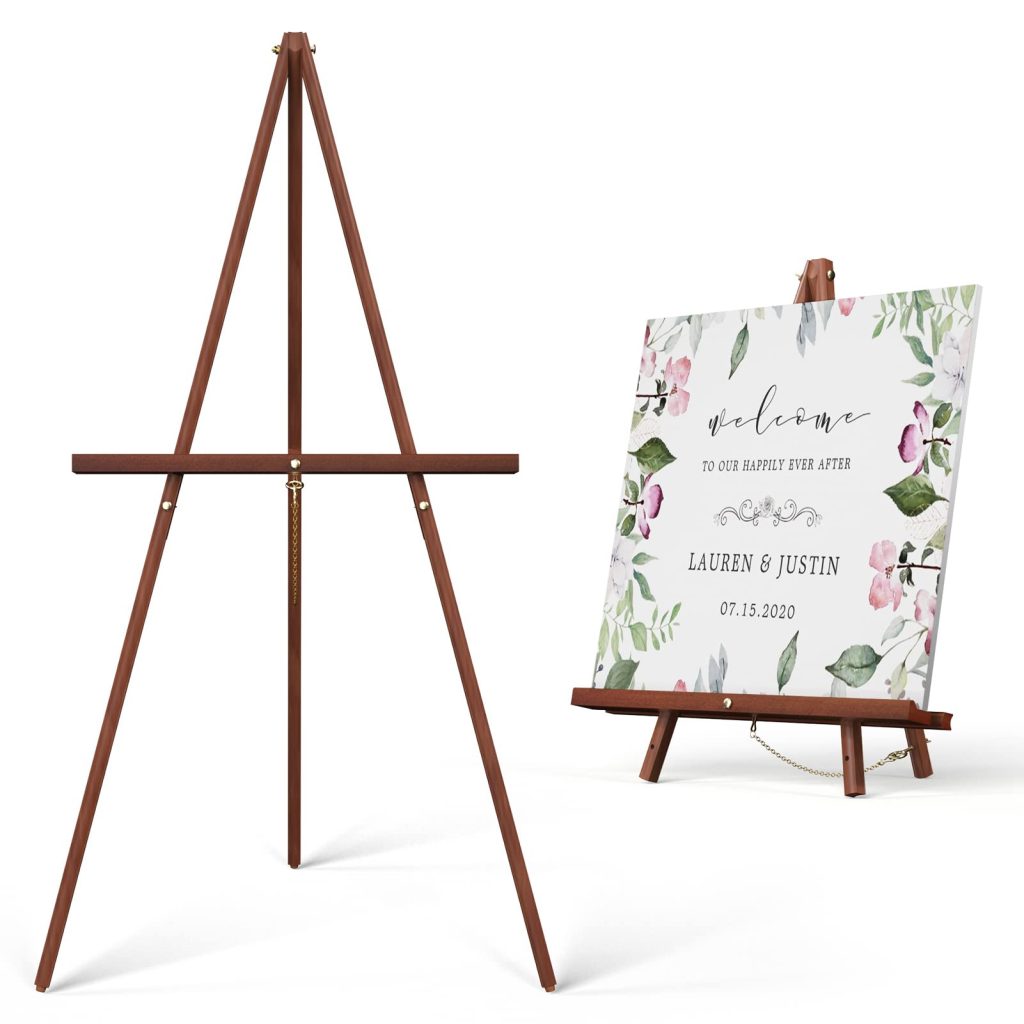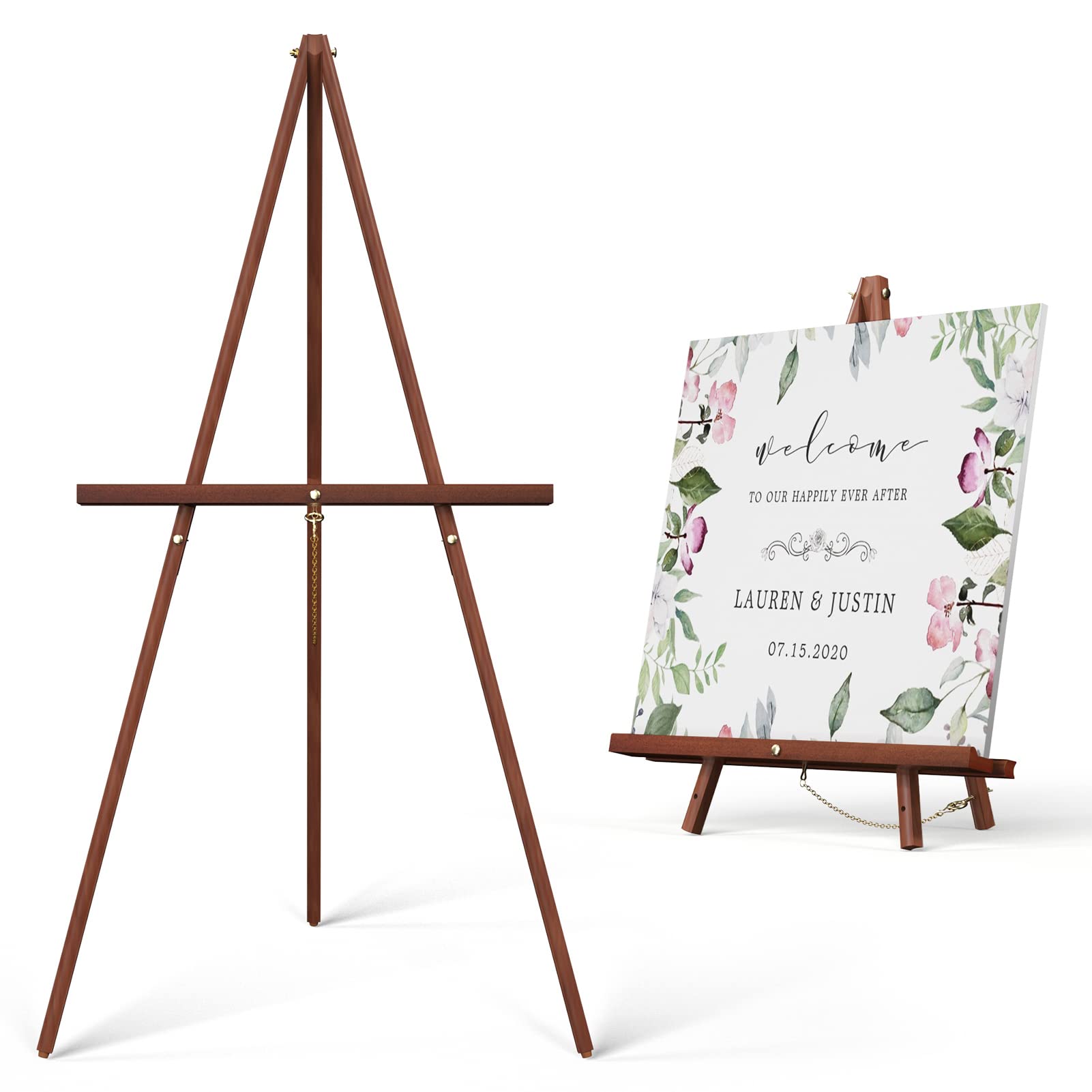
An Artist’s Perspective from the Easel

# Creating an Inspiring Artist Studio: Tips and Insights
An artist’s studio is more than just a space; it is a sanctuary for creativity, personal expression, and exploration. Whether it’s a basement, a dedicated home studio, or a shared creative space, artists craft their environments in ways that best support their artistic endeavors. In this article, we explore how different artists shape their workspaces, interact with their surroundings, and create an atmosphere that fosters artistic growth.
## **Crafting the Perfect Studio Space**
Every artist has unique preferences when it comes to their studio. Some crave quiet isolation, while others thrive in collaborative hubs. Here are some key elements that contribute to a well-functioning studio:
### **1. Light and Atmosphere**
Natural light is a coveted feature in any artist’s studio. Many artists prefer settings with large windows or skylights that offer ample daylight, reducing reliance on artificial lighting. However, some work during late or early hours when natural light isn’t accessible. In such cases, they rely on controlled lighting to create specific moods.
For example, one artist mentions working in a basement studio, prioritizing artificial lighting and using reference images to guide their painting. In contrast, another artist enjoys diffused light filtering through linen curtains, creating a soft ambiance ideal for creative focus.
### **2. Organization and Work Efficiency**
Artists often need to balance space limitations with storage solutions. Many studios feature:
– **Shelves and Racks:** To store canvases, sketchbooks, and finished works.
– **Work Tables:** For assembling projects, crafting, and sketching.
– **Pinboards or Walls for Inspiration:** Artists like to surround themselves with finished pieces, inspirational quotes, or sketches that serve as references.
For instance, an artist in the Netherlands appreciates having a large drawing surface, allowing them to create expansive works without interruption.
### **3. Comfort and Personalization**
The surroundings and physical feel of a space influence an artist’s mindset. Some points of personalization include:
– Painting the walls in a neutral tone, ensuring that external colors do not interfere with artistic interpretations.
– Adding plants or small decorations to make the space feel more inviting.
– Minimizing distractions by keeping electronic devices away.
Artists who work in solitude often describe their studios as a retreat from the noise of the world. A painter who starts their day at 5 a.m. describes the peace of the early morning as a critical part of their artistic routine.
## **Interaction with the Environment**
Artists don’t just exist within the confines of their studios—they engage with the world around them in multiple ways.
### **1. Community and Art Networks**
Many found inspiration and support in local art communities, visiting galleries, collaborating with fellow artists, or engaging in related workshops. For example, Kansas City has a thriving art scene where creators interact in shared spaces and exhibitions.
### **2. Connecting with Nature**
Some artists find that nature plays a crucial role in their work. One artist, a self-described “guerrilla gardener,” incorporates local plants into both their personal and creative environment, helping their neighbors develop green spaces and contributing to urban biodiversity.
## **Challenges and Aspirations**
While studios are places of artistic freedom, they also come with limitations. Common challenges include:
– **Space Constraints:** Many artists wish for larger studios but work within the realities of available space.
– **Storage Issues:** Limited areas for finished works or in-progress pieces.
– **Lighting Conditions:** Some studios lack natural sunlight, requiring strategic lighting solutions.
Despite these challenges, artists find ways to adapt, often seeing these limitations as opportunities to experiment with their techniques and materials.
## **Favorite Materials and Inspirations**
Artists frequently experiment with different mediums to express their creativity. Some popular choices include:
– **Oil Paints:** Highly versatile, allowing for layering and depth.
– **Watercolors and Gouache:** Loved for their vibrant yet delicate effects.
– **Tempera Paints:** A lesser-used but rediscovered medium offering unique blending possibilities.
Artists also draw inspiration from museums, citing spaces like the Nelson-Atkins Museum of Art, the Mauritshuis in the Hague, and the Rijksmuseum as places that influence their work.
## **Conclusion**
An artist’s studio is a deeply personal space that evolves alongside their creative journey. Whether in a dedicated workroom, a converted living space, or even a basement lit by early morning lamps, what matters most is the environment’s ability to foster inspiration and productivity. By shaping their surroundings with intention, artists craft not only their artworks but also an atmosphere conducive to exploration, growth, and creation.